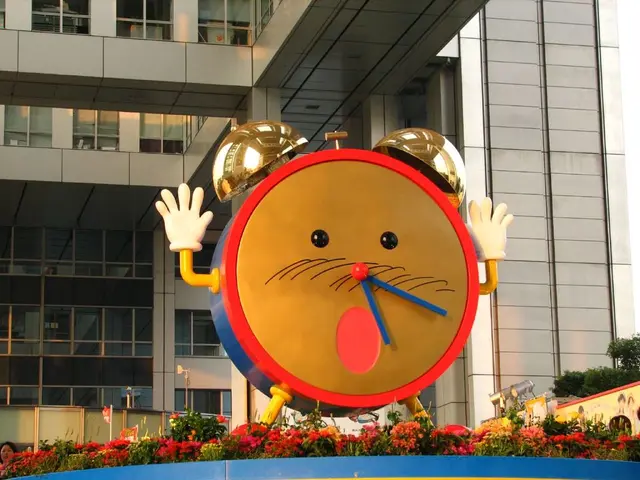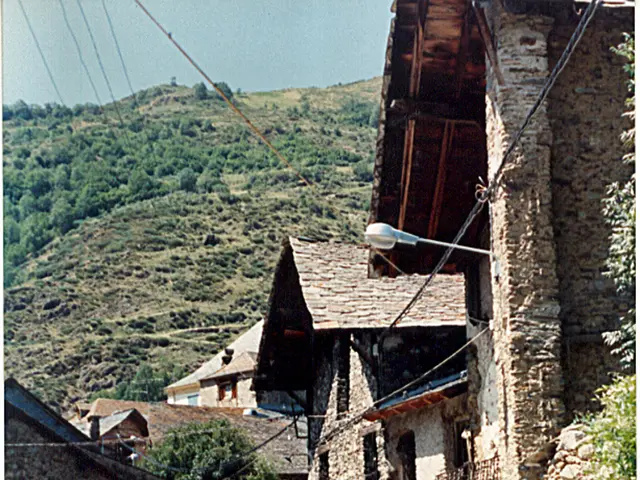Restoring Clock Renovation Procedure
In the heart of clock restoration, a skilled artisan approaches each antique timepiece with a unique blend of respect for history and a keen understanding of horology. This individual, specialising in American clocks, has a distinct philosophy: preserving the original character and period integrity of each clock while performing necessary restoration work using traditional materials and techniques.
When faced with the choice between a complete restoration and minimal invasive intervention, the decision hinges on the clock's condition and the owner's goals. A complete restoration, involving a thorough overhaul of the clock movement, is typically reserved for clocks requiring extensive work to function properly and maintain longevity. On the other hand, minimal invasive intervention is a more delicate approach aimed at preserving as much of the original mechanism and parts as possible.
Recently, the restorer acquired a 30-hour non-running Chauncey Jerome ogee clock from the 1840s. The goal was to create a functional and presentable clock, with a preference for minimal intervention. The clock was cleaned and serviced, with the case refreshed if necessary, reflecting the conservation mindset that balances repair needs with preservation of authenticity.
The restorer has developed four options for each clock: do nothing, service the movement, clean the case, or both. However, if a clock has important provenance and extensive repairs could negatively alter it, the restorer will leave it alone. The restorer also respects the customer's perspective and preferences when working on other people's clocks.
In rare cases, the restorer performs an "extreme restoration," with the goal of bringing the clock back to its original condition. This approach is reserved for clocks that are in dire need of extensive work to preserve their historical value.
The restorer started with limited knowledge about clock restoration but learned as they went. They believe that some amount of intervention is necessary and desired by collectors, and that there are situations where a wholesale ground-up restoration is the only option.
The restorer's work has earned them a reputation, with their website, Antique and Vintage Clocks, ranked number 9 among popular antique clock websites. Their approach to antique clock restoration ensures that these timekeepers remain functional while retaining their collectible significance.
- The restorer specializes in antique and vintage clocks, offering a range of services including clock repair and restoration, all aimed at preserving the original character and period integrity of each timepiece.
- A person looking to combine antique clocks with a modern lifestyle could opt for minimal invasive interventions, as the restorer prefers techniques that preserve as much of the original mechanism and parts as possible.
- The home-and-garden enthusiast interested in antique clock restoration might be intrigued by the restorer's "extreme restoration" service, which aims to bring a clock back to its original condition while maintaining its historical value.




